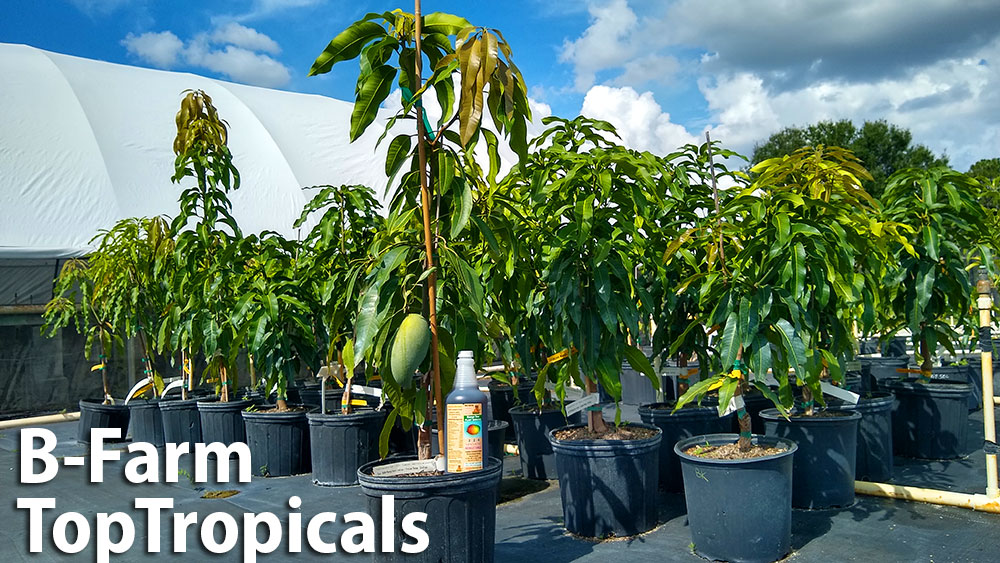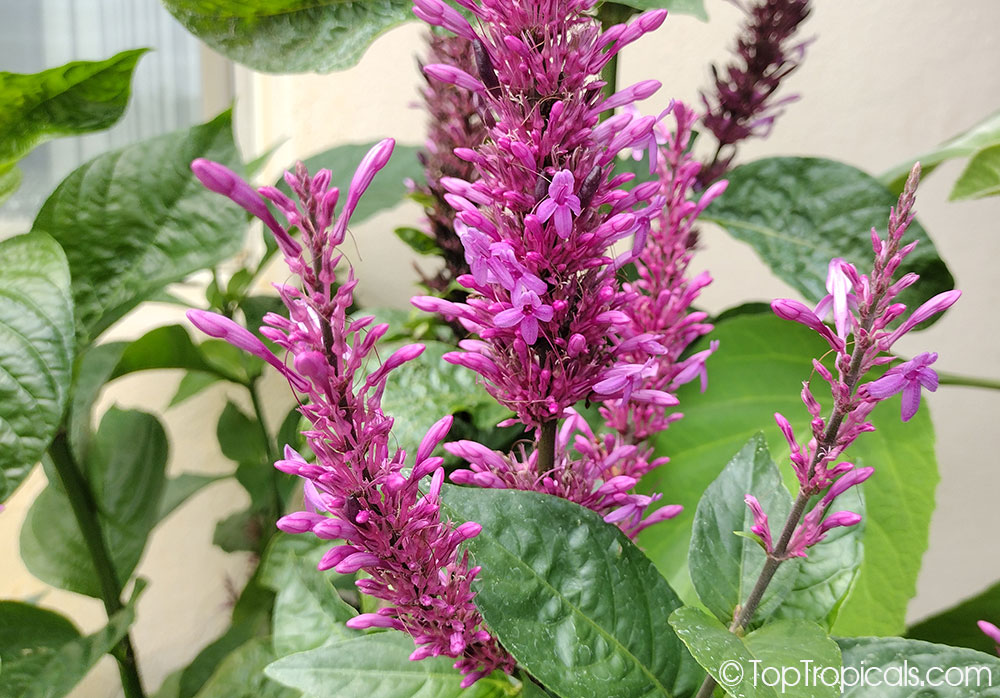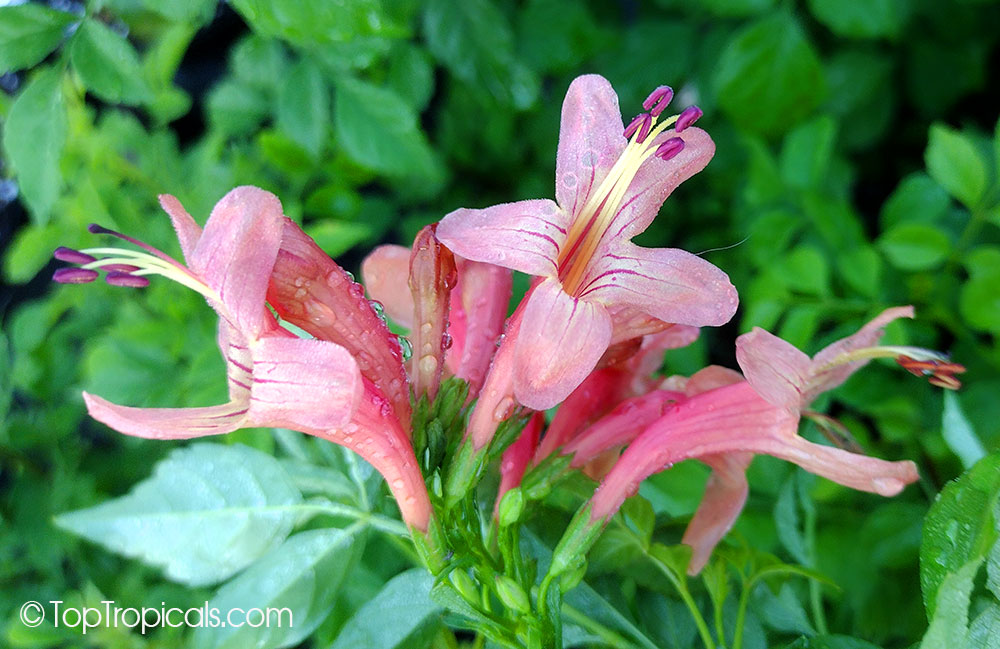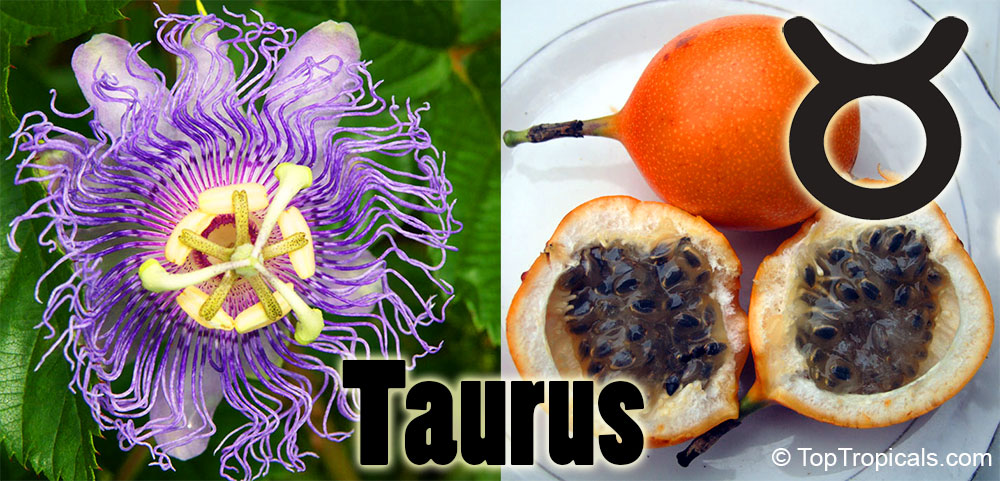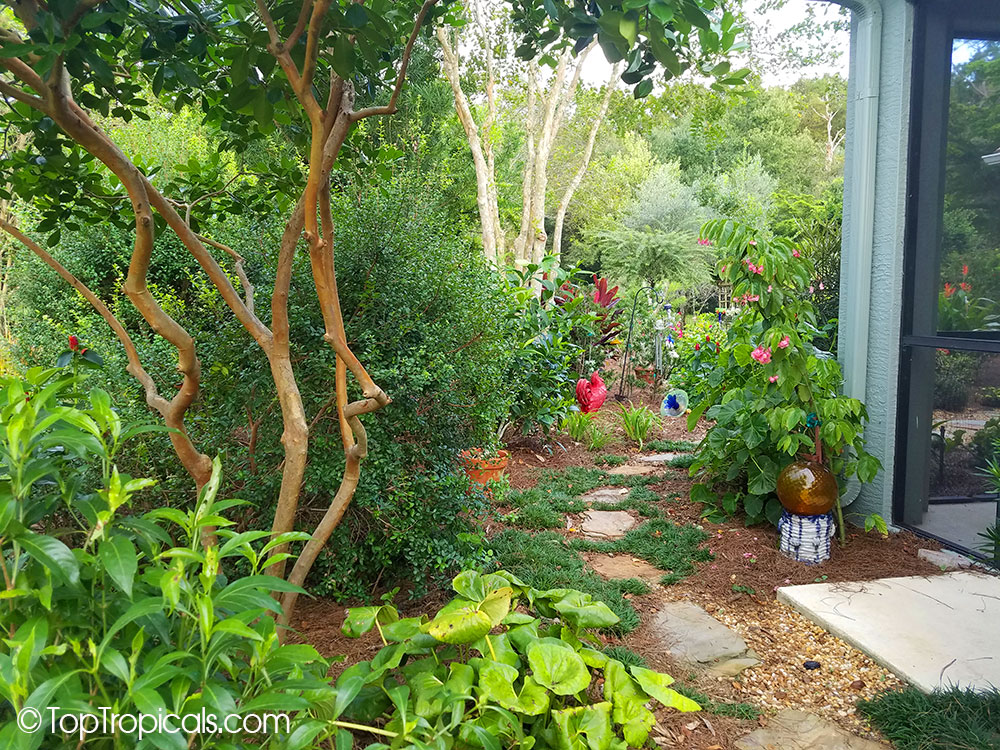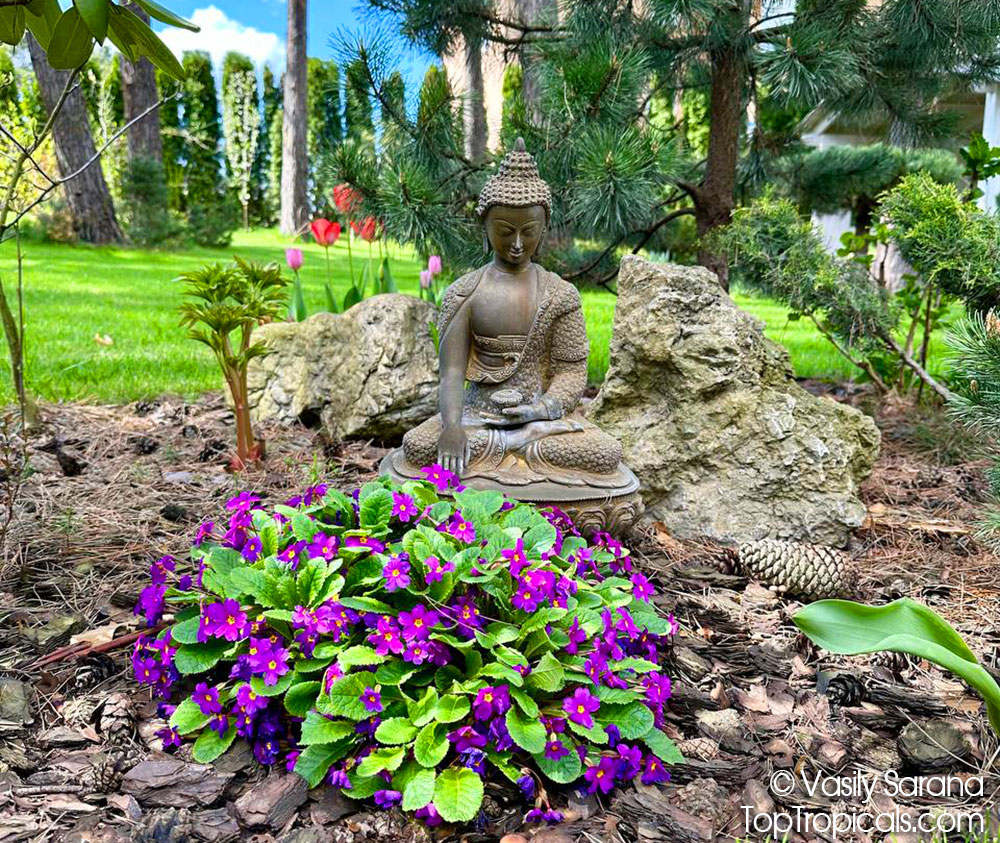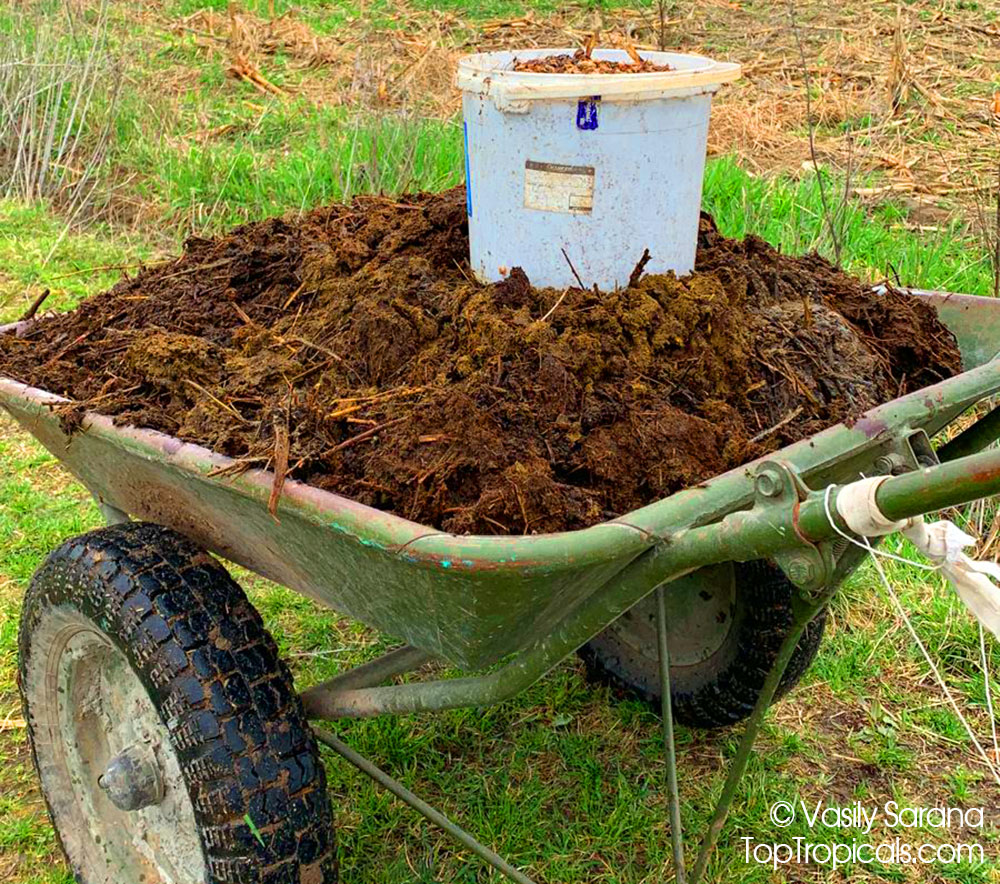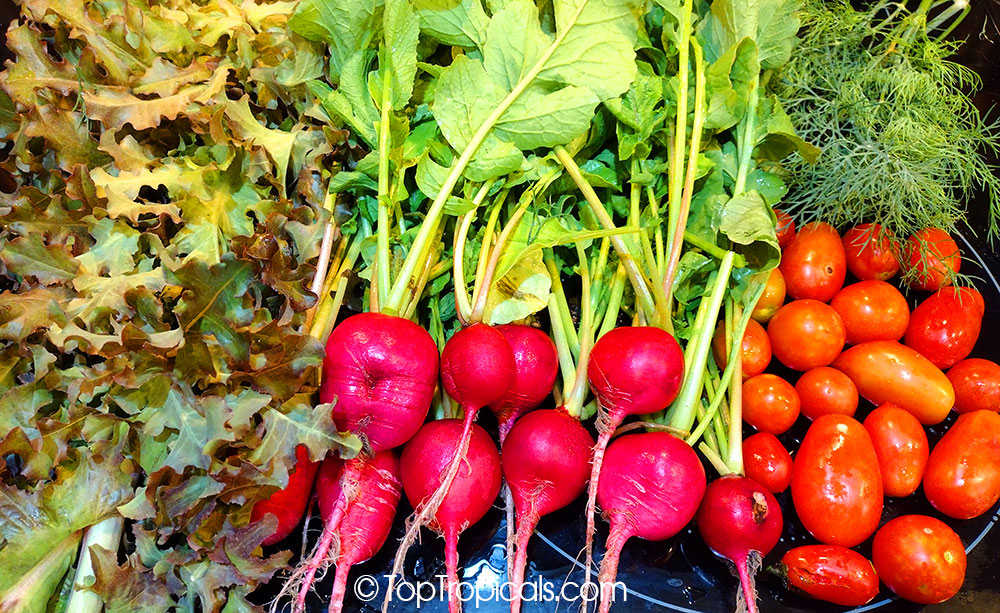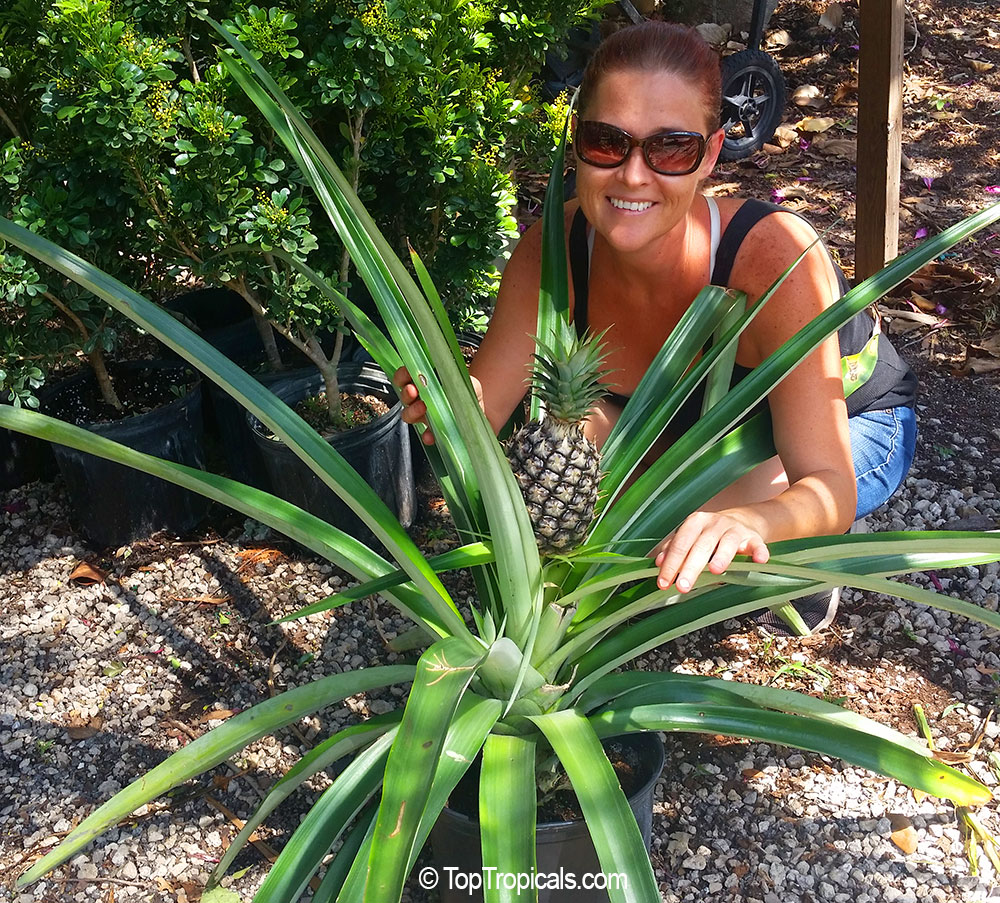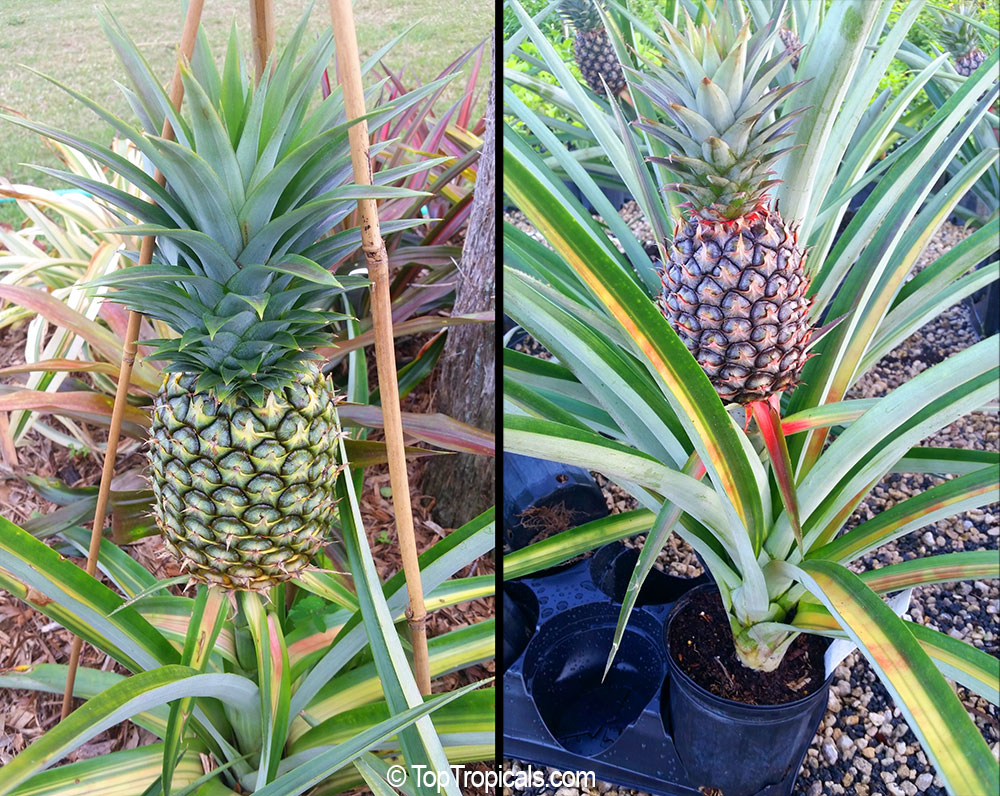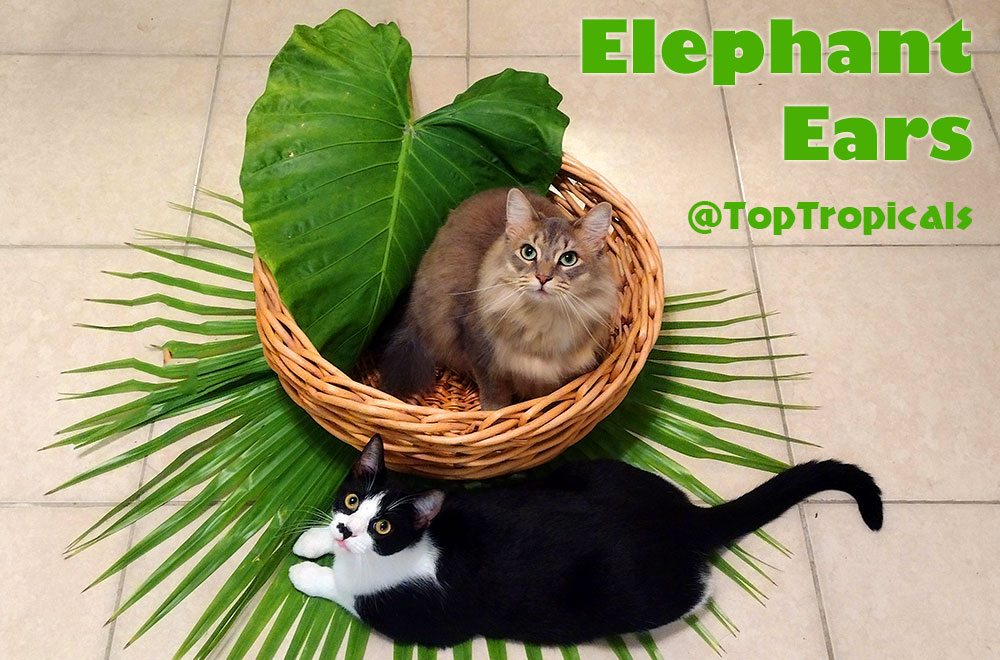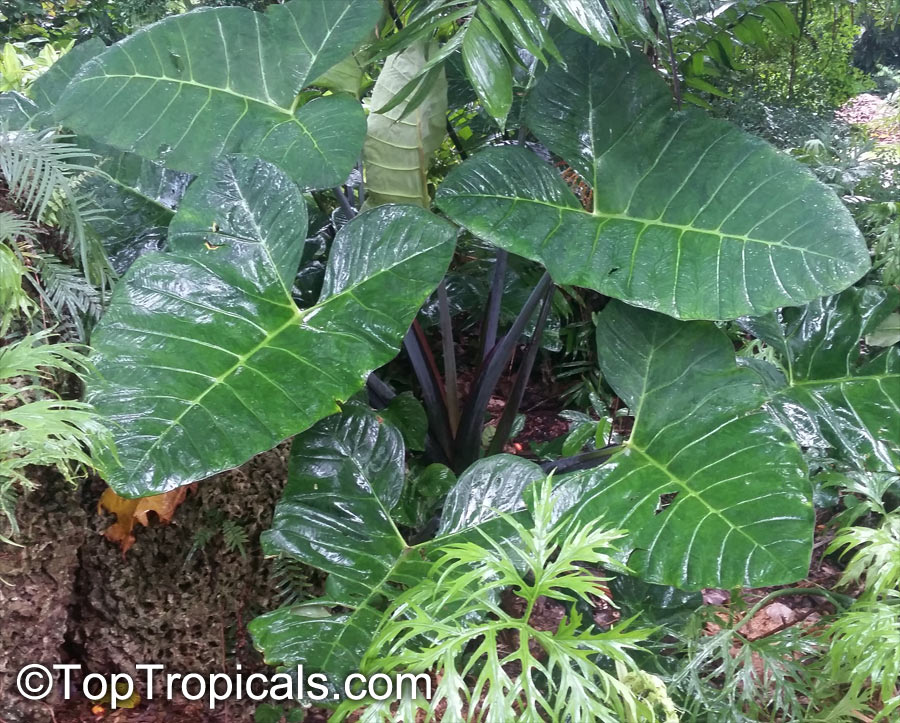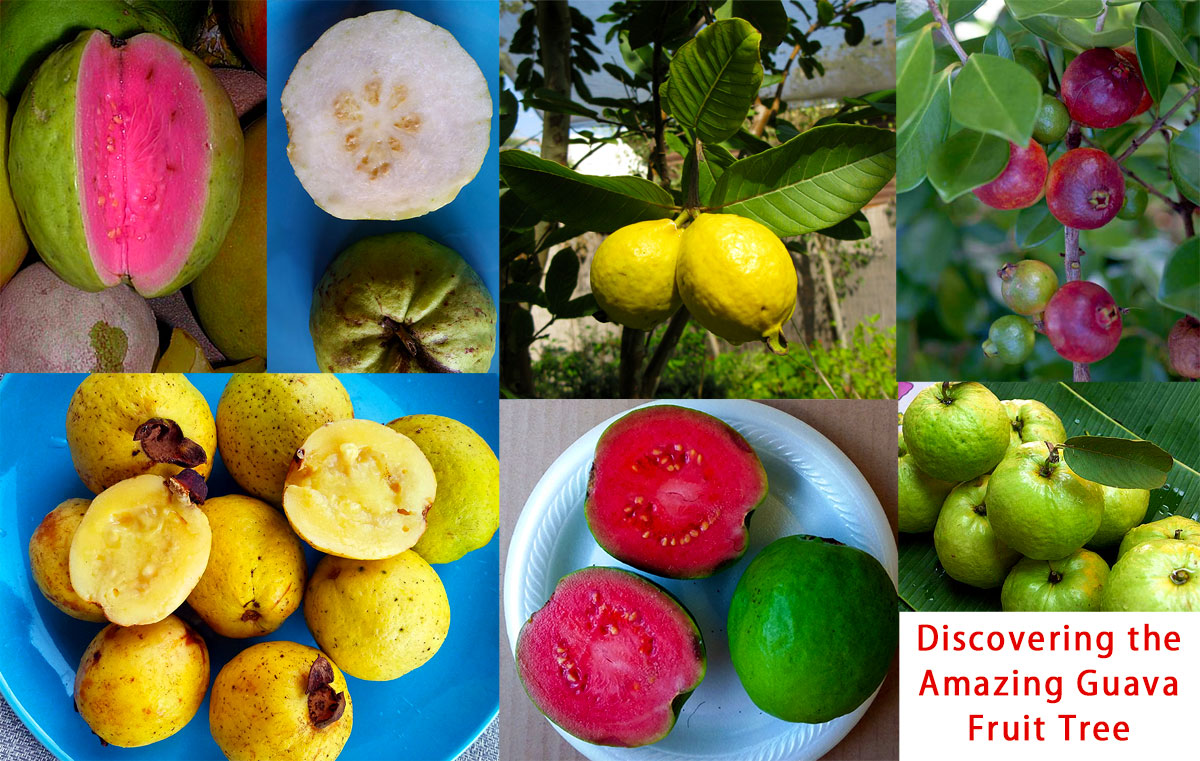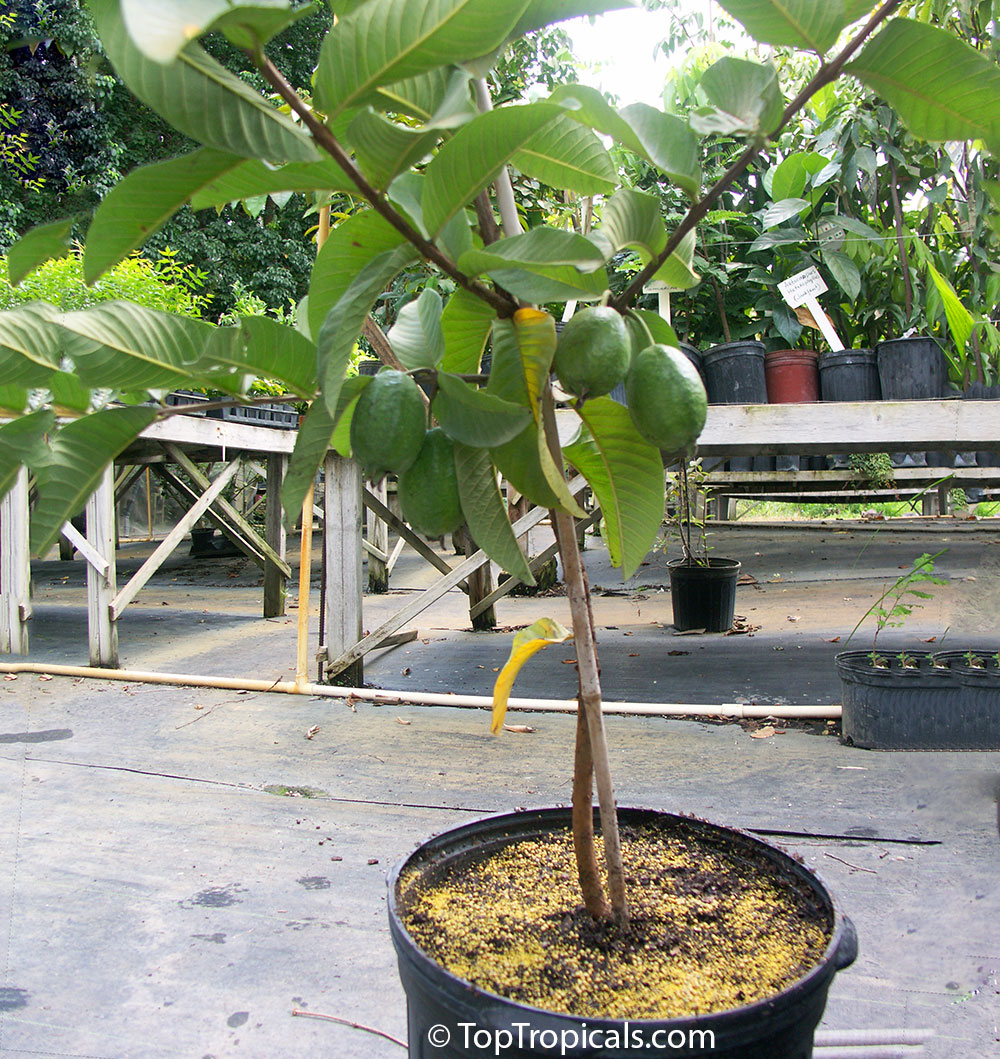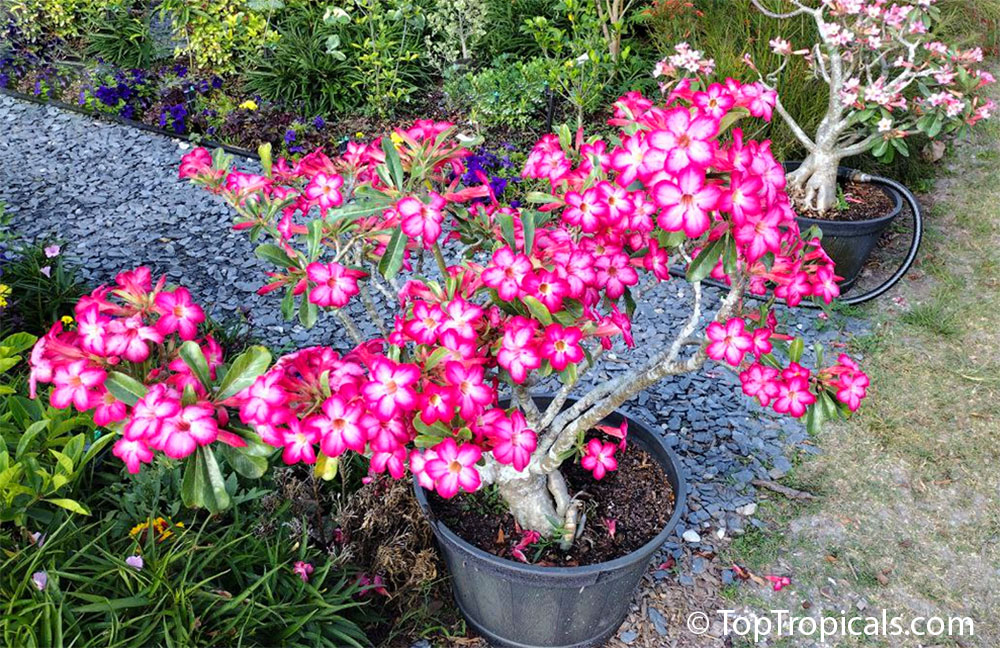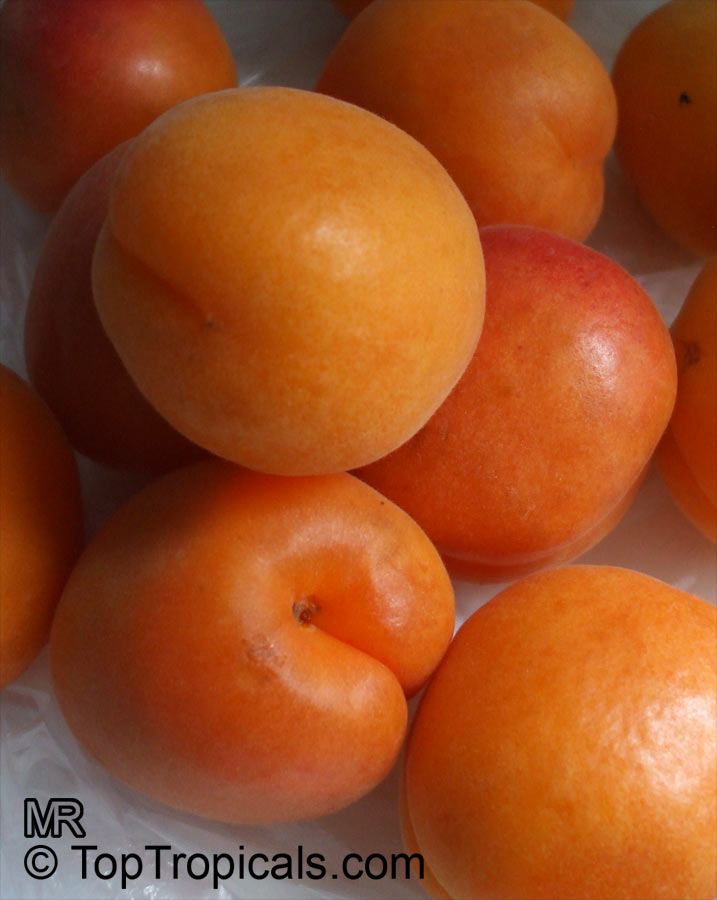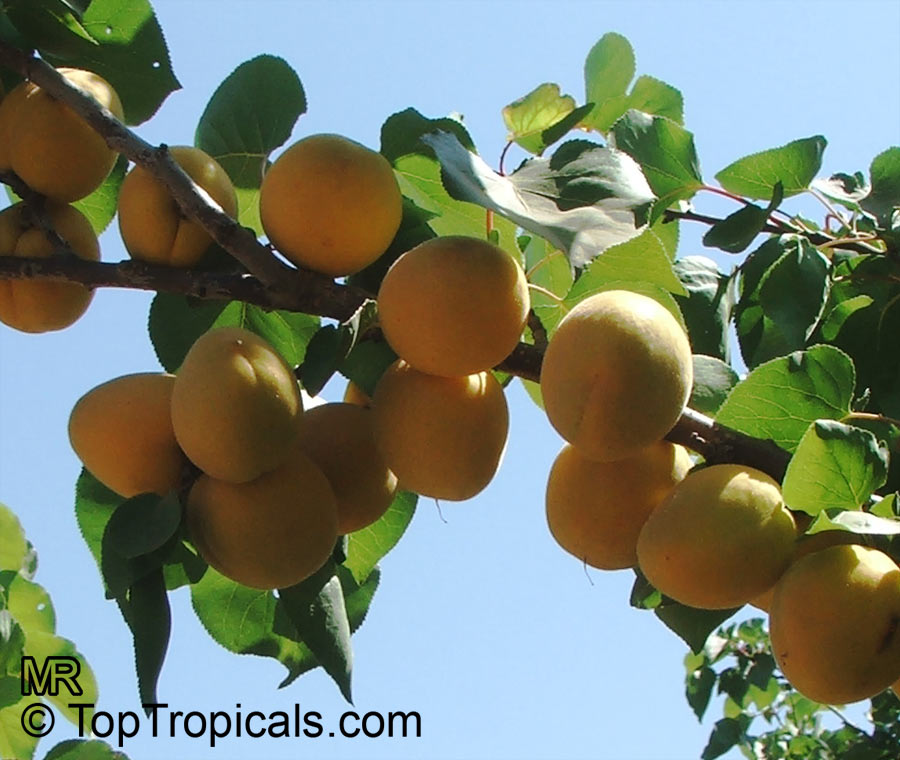Date:
B-Farm in Sebring
Now open 6 days a week!
In the photo: Sunshine and Mango, our friendly Customer "Service Animals" will be happy to give you a tour of the farm, including Sunshine Boosters selection and Mango Collection!
Attention local shoppers! Note new business hours for our Sebring location:
Monday - Saturday
9 am - 3 pm
Large discounts for locals!
Come visit us in Sebring, the heart of Florida, easily accessible from any Florida destination. You won't want to miss out on our 10-acre tropical farm, boasting the largest selection of rare plants, flowering and fruiting trees, edibles, and perfume plants from around the world!
Take your time and browse through our extensive collection, and don't hesitate to ask our knowledgeable staff for advice or assistance. You'll love being able to handpick your own garden gems straight from the grower. Whether you're a seasoned gardener or just starting out, we have something for everyone. So come on down and see for yourself...
P.S. Our Garden Center in Ft Myers is open as usual, 7 days a week

